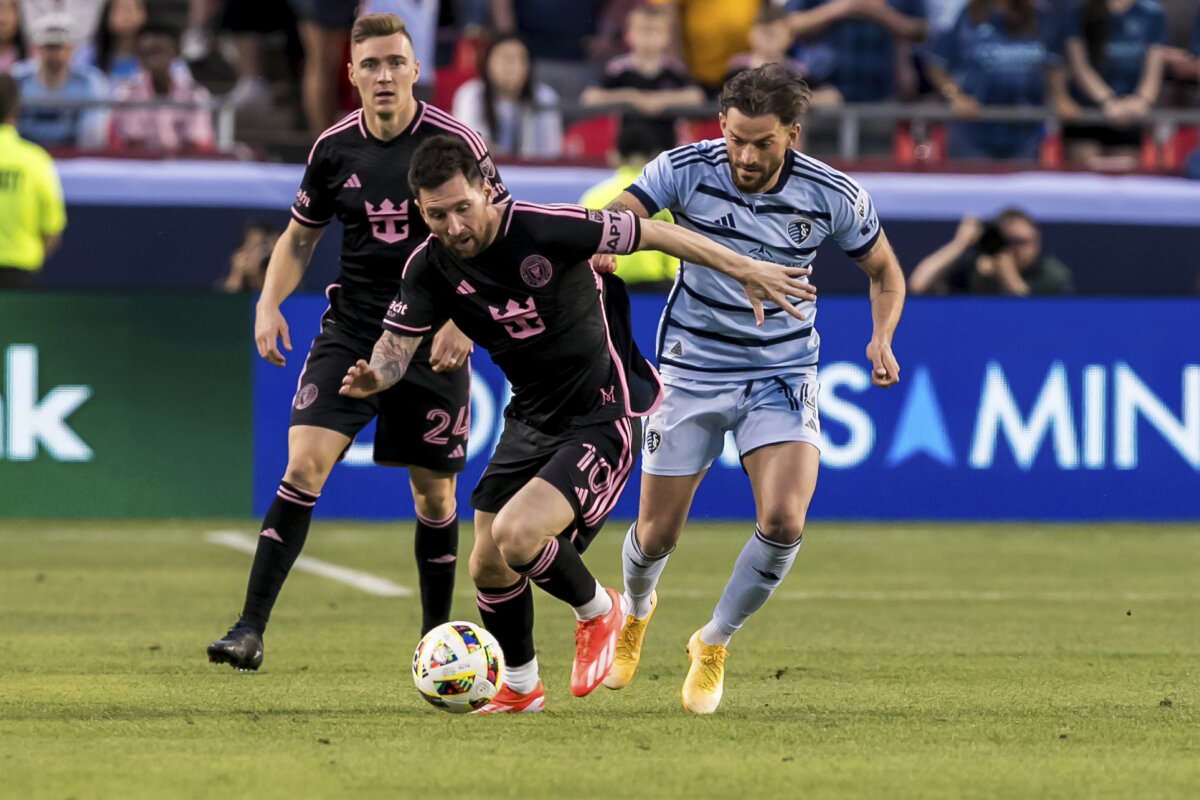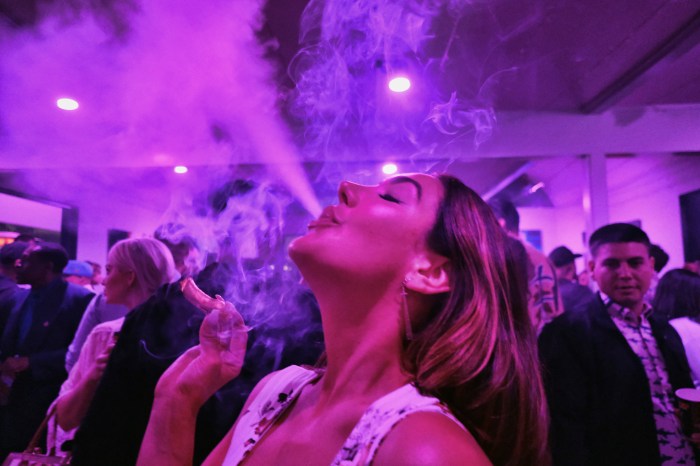On Oct. 25, The Philadelphia Museum of Art debuts “Paint the Revolution,” an exhibition dedicated to the history of modern art in Mexico from 1910 to 1950. A collaboration between PMA and the Museo del Palacio de Bellos Artes in Mexico City, “Paint the Revolution” has been in the works for over three years and such an in-depth study of this period has not been presented in the United States or Mexico in decades. While much time has passed since the days of Diego Rivera and Frida Kahlo, the exhibition holds special significance in our current political climate, fostering a renewed cultural understanding that could inspire the building of bridges instead of “walls.” The Mexican Revolution began in 1910 and eventually led to removing Porfirio Diaz from power. Curator Mark Castro explains: “His goal had been to modernize the country, keep Mexico stable and productive and very much modeled on European ideals of culture.” He continues: “By 1920, the revolution has ended and what begins is sort of a post-revolutionary period where they try to take a lot of the ideas that spurred the revolution and enact them into political and cultural and social reform.” One of these ideas was to bring education to everyone and art was seen as an important vehicle of doing so at the time.
“The vast majority of Mexicans were poor farmers and art was a way of giving everyone a sense that they had a common culture and a common future together,” Castro says.
Fellow curator Matthew Affron illustrates that modern artists in Mexico didn’t completely give up on European influences but instead “mixed those ideas with Mexican folk culture and other nonelite culture” to create something “quite distinct.” With the government’s involvement, modern art in Mexico became socially conscious.
“Diego Rivera, Jose Clemente Orozco, David Alfaro Siqueiros, for example, get signed up by the government to make big murals for public spaces,” says Affron. “Mexican mural painting quickly became very interesting around the world as a model for socially engaged modern art.” The mural movement in Mexico inspired a lot of WPA programs in the 1920s and 1930s that put many Americans to work. Its influence even continues today locally with Philly’s own Mural Arts Program: “The Mural Arts Program is something which has made an impact in Philadelphia, in all the neighborhoods of Philadelphia and is inspired by this idea that art can have a positive social function,” says Affron. Both Castro and Affron emphasize the relationship between Mexico and the United States during this period as having multiple elements, a theme that still resonates.
“To see it as a relationship of cooperation or to see it as a relationship of tension — there was no one way to see it,” explains Affron. “The Frida Kahlo painting ‘Self Portrait on the Border’ is a great example of this.” In the famous self portrait, Kahlo stands caught between two worlds, as she travels with her husband, Diego Rivera, back and forth between the two countries as he completes commissions in New York, San Francisco and Detroit. “One one side you have an image of a very industrial Detroit — a symbol of the U.S. as a country of modern technology. On the other side, you have an image of Aztec Mexico. It’s ancient versus modern, the south versus the north. And there she is, holding a Mexican flag, while the American flag is flying in the sky over her left shoulder,” describes Affron. “Self Portrait on the Borderline of Mexico and the United States” will be on display at the exhibit as will full-size digital projections of Rivera’s famous murals. “If nothing else, I’d like visitors to walk out of the show and think: ‘Wow. There’s a lot to be said for exploring our similarities and differences together rather than apart,’” concludes Castro. “Paint the Revolution” at the Philadelphia Museum of Art will run from Oct. 25 to Jan. 8. Tickets are available at philamuseum.org.




























